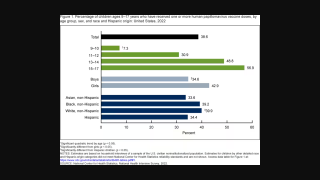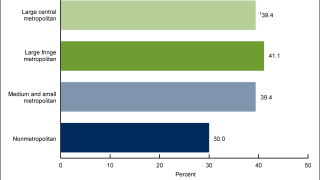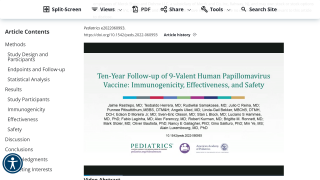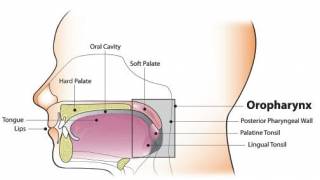Reduce Cervical Cancer in the Americas with One HPV Dose

A recent report on cervical cancer in the region of the Americas published by the Pan American Health Organization (PAHO) urges countries to implement innovations in cervical cancer prevention, testing, and treatment to achieve the elimination goals by 2030.
The Latin America and the Caribbean region accounts for 80% of all cases in the Americas and 84% of deaths, making it the region with the second-highest rates of cervical cancer cases and deaths in the world, after Africa.
The primary cause of cervical cancer is persistent infection with high-risk types of human papillomaviruses (HPV), which can be prevented through vaccination.
According to the new PAHO report, while 32 of 35 countries of the Americas have introduced the HPV vaccine into their national immunization schedules, coverage varies widely from less than 10% to over 80%.
To tackle this variance, PAHO recommends implementing strategies to increase coverage, such as switching to a one-dose schedule.
“While increasing HPV vaccination coverage is key to eliminating cervical cancer, countries of the Americas must also urgently step up efforts to shift from conventional PAP to HPV testing and improve cancer treatment,” stated Dr. Anselm Hennis, Director of Noncommunicable Diseases and Mental Health at PAHO, in WHO press release on September 26, 2024.
As of September 2024, 21 of 35 countries are implementing communications campaigns to raise awareness around the HPV vaccine. Countries should also strengthen vaccine delivery strategies, ensure outreach efforts for those in hard-to-reach areas, and work alongside ministries of education to encourage school vaccination with at least one dose of HPV vaccine by age 15.
In 2020, member states of the World Health Organization (WHO) adopted the Strategy to Accelerate the Elimination of Cervical Cancer as a Public Health Problem.
The WHO strategy outlines three objectives for 2030: 90% HPV vaccination coverage in girls by the age of 15, 70% screening coverage of women with high-performance tests by the ages of 35 and 45 years, and 90% treatment of precancerous lesions and management of invasive cancer cases (known as the 90-70-90 targets).
As of September 2024, six licensed HPV vaccines protect males and females against cancers caused by HPV. These bivalent, quadrivalent, and nonavalent HPV vaccines are available in 140 countries.
In the United States, the CDC updated HPV vaccination schedules in 2024.
Our Trust Standards: Medical Advisory Committee
























